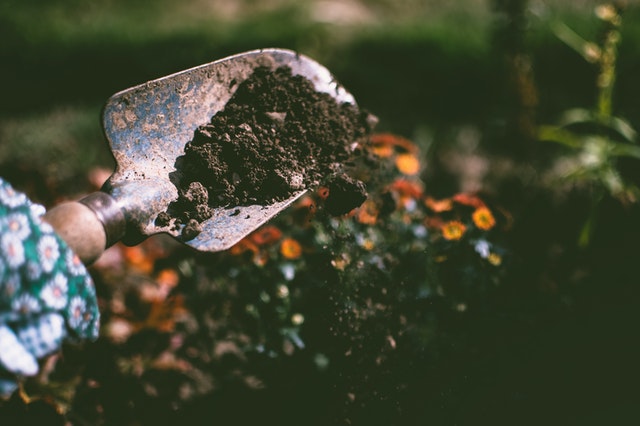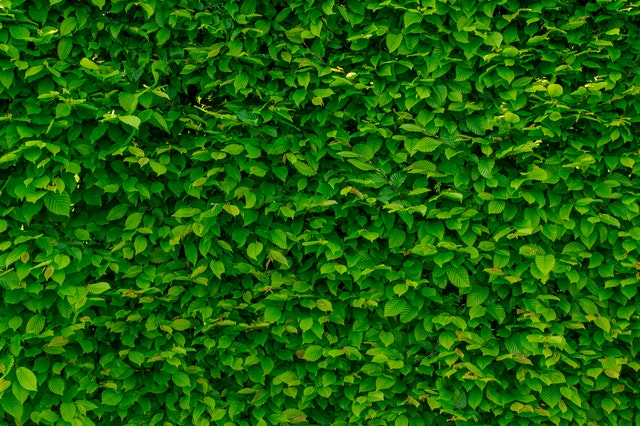
Lime bedding – garden and lawn liming
Why liming the garden?
There are many questions about liming. When to liming? Why liming and which plants not to liming?
How often do you limestone the grass? And should you liming after fertilising? In this blog, I will first answer your questions. There are a number of reasons why it is best to liming.
Maintains the right level of acidity
Prevents moss growth
Better absorption of fertilisers
Improve your soil structure
1. Keeping the acidity level at the right level
To measure = to know when liming
Sogo pH and moisture meter – liming or not
Sogo pH and moisture meter – liming or not
Want to know the pH value? You can have your soil tested first, but you can also measure the pH value of your soil yourself with a pH meter. Your soil is naturally acidic and it is important for your plants to know this. Regular liming remedies this. There are acid-loving and lime-loving plants; it is important that they are in the right soil.
A pH <7: acid soil
A pH =7: neutral soil
Is your pH >7: chalky soil
Most plants do well in neutral soil. Acid-loving plants such as hydrangea and rhododendron do not do well in calcium-rich soil. Conversely, lime-loving plants such as roses and boxwood do not do well in acid soil.
You can make an acid soil less acid by sprinkling lime on it. However, you can make a calcium-rich soil more acid by using a soil improver.
So regularly measure the pH of your soil and take measures.
With a normal maintenance lime you need about 1 kg / 10 m2. But at the end of the day, check the packaging for the right dose.

